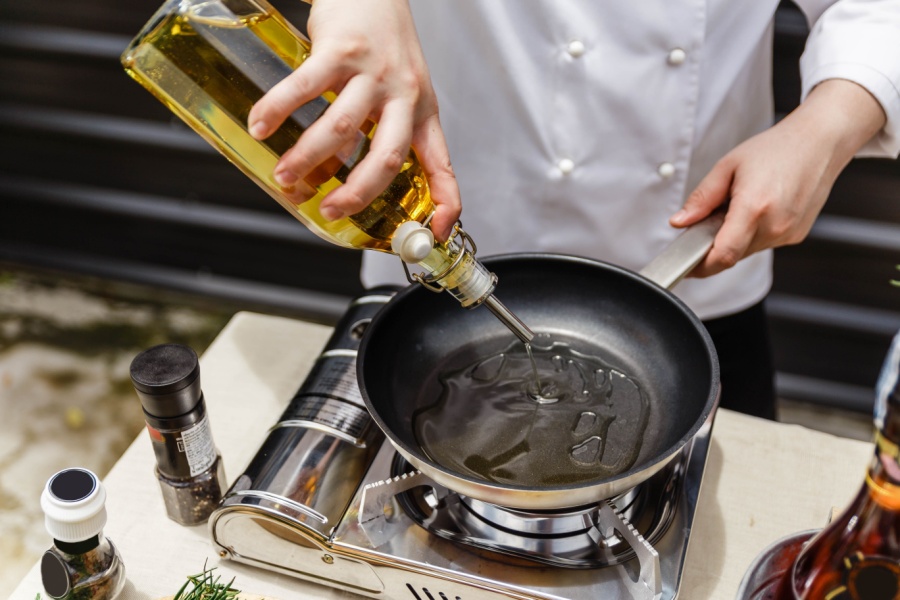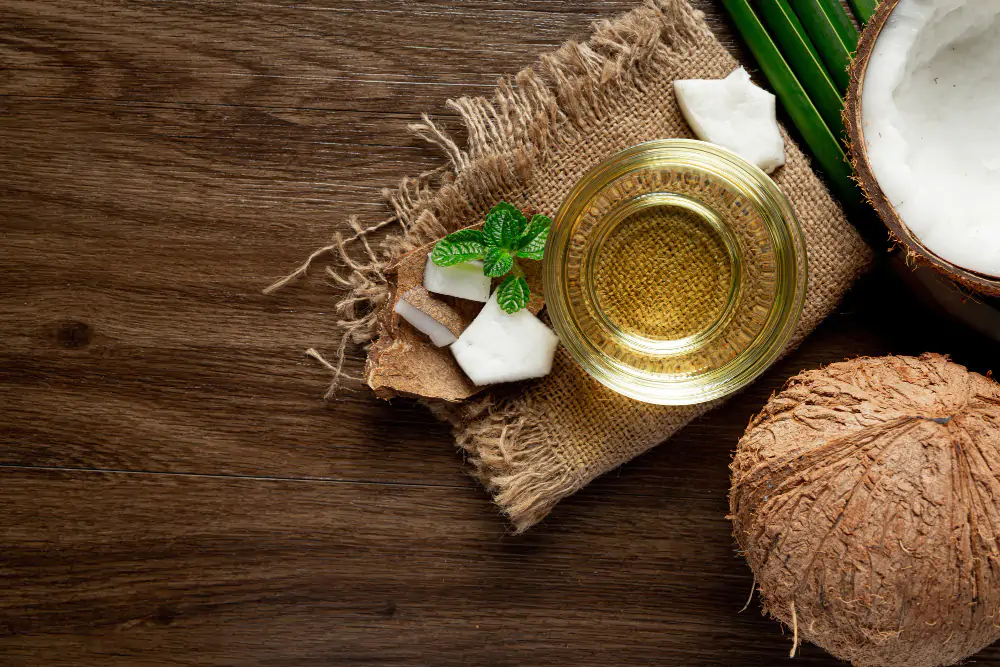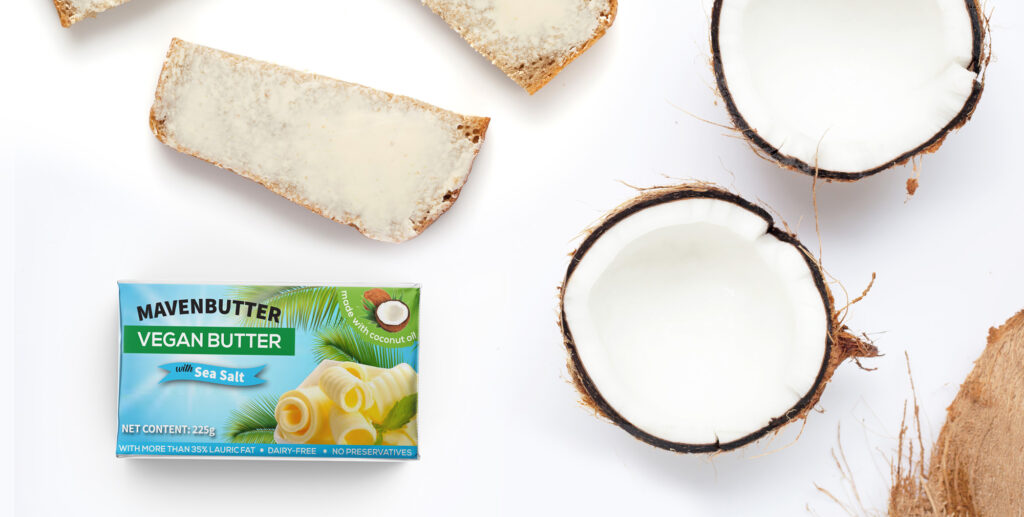Cooking oil is one of the most important components in the culinary world, as it plays a crucial role in flavor and cooking techniques. From frying and sautéing to baking and dressing, the right oil can enhance the flavors and bring out the best in ingredients.
The type of cooking oil you use can make or break a dish. And a critical component to consider when choosing an oil is the cooking oil’s smoke point. Understanding smoke point and its implications can make the difference between a perfect dish and one that’s compromised.
What is Oil Smoke Point?
First things first, what does oil smoke point’s meaning?
The smoke point of a cooking oil is the temperature at which it begins to smoke, indicating oil degradation. When oil reaches its smoke point, it starts to release free radicals that give food a burnt and acrid taste.
Different cooking oils have different smoke points. An oil’s smoke point depends on its chemical composition and the refinement process used. Refined oils typically have higher smoke points because the refinement process removes impurities that can easily burn.
Low Vs. High Smoke Points: When to Use Different Cooking Oils?
The main consideration when choosing a cooking oil is whether it has a low or high smoke point. Let’s differentiate between a low smoke point and a high smoke point:
Oils with Low Smoke Point
A low smoke point is around 350°F or 177°C, which means that the oil starts to break down at this temperature. Some prominent examples are:
- Butter: 302°F or 150°C
- Extra Virgin Olive Oil: 325 – 375°F or 163 – 190°C
- Unrefined or Virgin Coconut Oil: 350°F or 177°C
- Sesame Oil: 350°F or 177°C
When should you use oils with low smoke points?
These types of oils break down easily in lower heat, so they are best used in methods where intense heat is not required. Oils with low smoke points are typically unrefined and flavorful, making them ideal for salad dressings, dips, and drizzling over finished dishes.
Great examples of these are olive oil and sesame oil, which are often added to dressings and marinades respectively.
Oils with High Smoke Point
A high smoke point is around or above 400°F or 204°C. Some examples are:
- Lard: 370°F or 188°C
- Vegetable Oil: 400-450°F or 204 – 232°C
- Canola Oil: 400°F or 204°C
- Refined Coconut Oil: 400°F or 204°C
- Peanut Oil: 450°F or 232°C
- Sunflower Oil: 450°F or 232°C
- Refined Avocado Oil: 520°F or 271°C
When should you use cooking oils with high smoke points?
Oils with high smoke points can withstand high temperatures and, therefore, are suitable for most cooking methods. These are the best oils for deep frying, sautéing, stir-frying, roasting, and grilling, to name a few.
Because of its neutral taste and ability to withstand intense heat without breaking down, it does not alter the flavor of the food.
Examples of oils with high smoke points are canola oil, which is commonly used in households, and peanut oil, which is a staple in Asian cuisine for stir-fries.
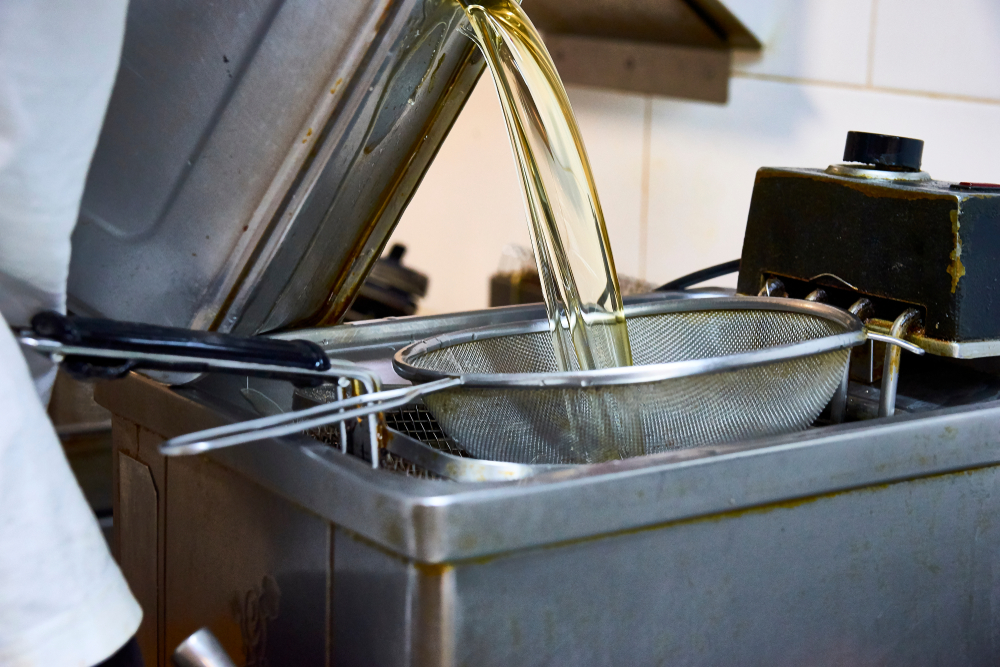
What is the Importance of an Oil’s Smoke Point in Cooking?
Oils are the first thing that goes into pans no matter what we cook. They set up the environment where all the flavors from the ingredients will come out and mingle. Here’s how smoke point affects your cooking:
Flavor Preservation
The main aspect that a cooking oil’s smoke point affects is the dish’s flavor profile.
When oil is heated beyond its smoke point, it breaks down, producing free radicals and a compound called acrolein. This compound releases a burnt taste that can overpower the other, more pleasant flavors of other ingredients, resulting in a dish that tastes charred and bitter.
By choosing the oil with the right smoke point for the appropriate cooking method, oil can accomplish its purpose of distributing heat to all ingredients to cook them properly while maintaining the integrity of their flavors.
For example, if you use extra virgin olive oil, which has a low smoke point, for a fried dish, you either end up with unwanted flavors by subjecting the oil to high heat or undercooking the dish because you felt the need to rush the frying process.
Nutritional Value
Indeed, the nutritional content of the oil and, by extension, your dishes, is also tied to smoke point.
Cooking oils contain beneficial nutrients like antioxidants, minerals, and vitamins, as well as monounsaturated and polyunsaturated fatty acids. When oil is subjected to excessive heat, these compounds degrade and are no longer bioavailable, thus reducing its nutritional benefits.
Additionally, heating oils beyond their smoke points can lead to the formation of harmful compounds, specifically free radicals and trans fats. These are linked to various cardiovascular and inflammatory diseases.
So, understanding and respecting an oil’s smoking point is not only great for flavor but also for preserving its nutritional value.
Safety
Chefs and kitchen staff are trained to follow specific food handling and cooking processes that are meant to produce flavorful dishes as well as keep the kitchen a safe environment. Oil smoke point plays a vital role in this aspect of running a commercial kitchen.
Using the wrong oil for specific cooking processes can lead to unpleasant and potentially harmful environments. Cooking oils can release fumes when heated beyond its smoke point. More significantly, it has a higher risk of reaching its flash point or catching fire and endangering everyone in the kitchen.
This is especially dangerous in commercial settings where large quantities of oil and high-temperature cooking methods are common.
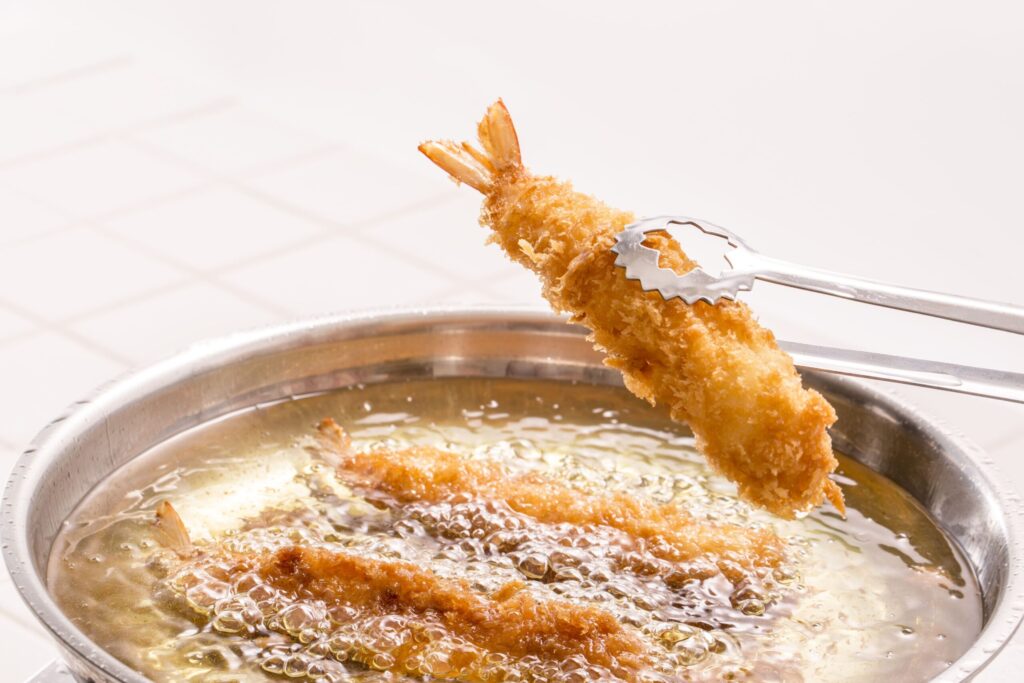
Cooking Oil is a Restaurant’s Life Blood
Cooking oil is the foundation of any successful dish, so a strong understanding of the smoke point of cooking oils is essential for any cook. By choosing the right oil for each cooking method, chefs can ensure that their dishes are flavorful and healthy.
Oleo-Fats is the leading frying fat supplier in the Philippines and the world, with a wide range of specialty oils and fats for different cooking methods. Get the right cooking oil or the perfect combination of oils for your restaurant with the right food ingredients supplier.
Contact us today to get more information on our commercial specialty oils.

